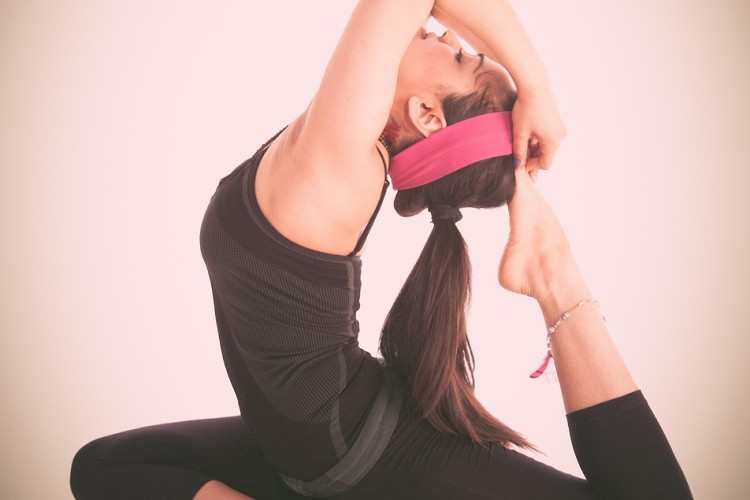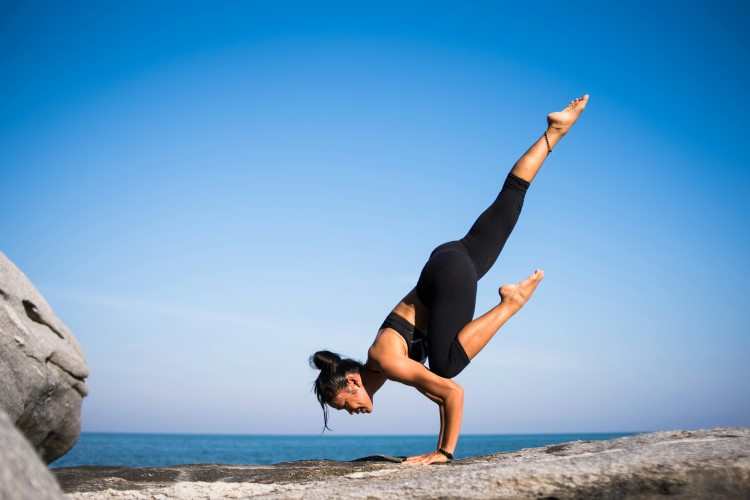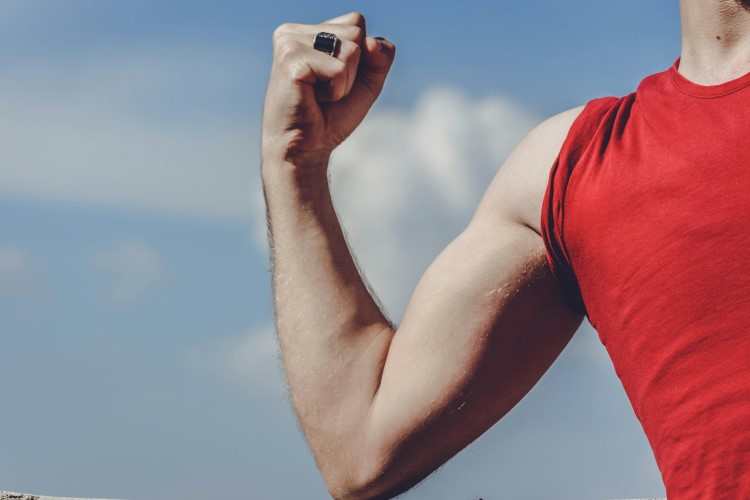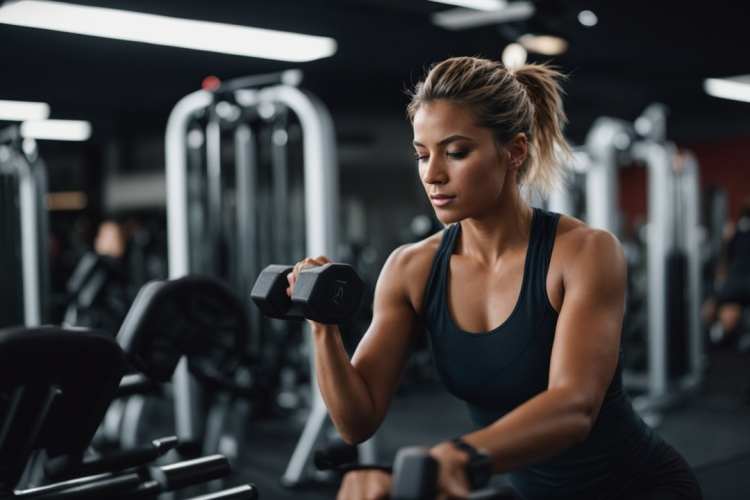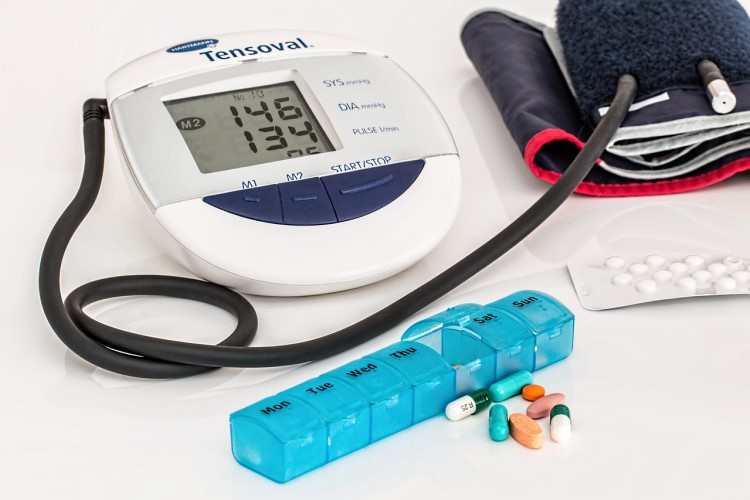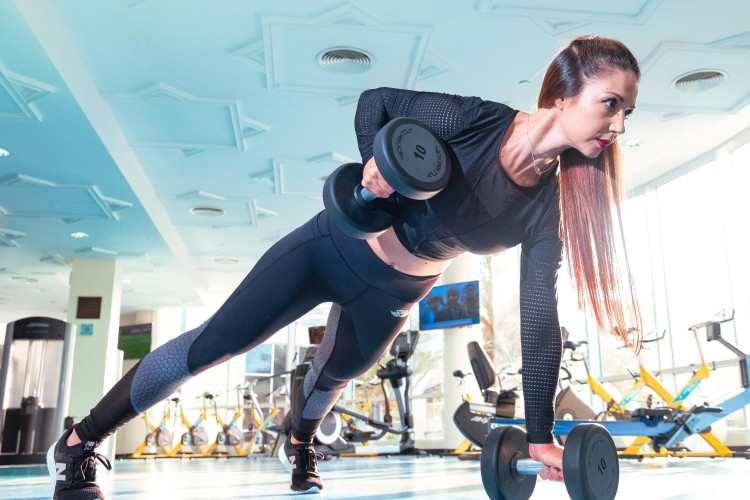- CONTACT US
- Self-care
- General Health

First up: the cervical spine. Use a front-and-rear support mechanism to protect its natural curvature.
Support from The Front: Raising your Eyes
Elevate screens, books, or surfaces to minimize having your neck down. The upper cervical vertebrae are extended and relatively straightened when you lift your head to look up. Tools:
—Stands with adjustable heights (for phones, books and iPads)
—Height-adjustable desks or workstations; drafting tables etc.
From as low as a few dollars, to high-end ones. Which one do you need?
Main Consideration: Height
The International Ergonomics Association 2010 suggested placing sight slightly below horizontal—not at eye level, nor above it.
Example in Practice:
— At eye level, let your gaze fall to meet the top of screen.
—The whole read without leaning or bending yourself.
— Screen should be at least one forearm’s length away, or slightly more. This applies even to large screens/projectors.
As long such a specification is met by any stand — cheap or otherwise — your cervical curvature's safe.
Tip: Partial elevation is still beneficial. Even propping a phone case kickstand to sit at 30°–60° angles or placing books under monitors will eventually improve posture.
Back Support: Structuring Your Pillow
Pillows align the cervical spine when you lie down.
Height:
— If too high: excessive neck flexion.
— If too low: Neck hyperextension.
No-Brainer:
—Lying face-up: Pillow height should be roughly equivalent to the width of one's clenched fist (placed flat).
—Sideways: Pillow height = vertical fist height
Advanced Calculation (Side-Sleeping):
Ideal pillow height = (Shoulder Breadth — Head Breadth)/2
Material specifications:
The pillow should hold its height against the head pressure. Options:
—Latex
—Buckwheat husk
—Mid-resilience (down/ fiber)
—Inflatable travel pillow, adjusted to required height
How it works: Moldable materials allow even distribution of pressure, reproducing cervical spine biomechanics. According to Journal of Spine Research (2021), latex being viscoelastic reduces peak interface pressure by 32% more than memory foam.
Summary: Protecting the cervical region depends on two-way ergonomics — lifting at front to counter gravity-induced flexion and support from rear for maintaining neutrality. By adhering to simple biomechanical rules, these mundane tools — transform into spinal protectors.
LATEST POSTS
- 1
 How to scientifically supplement vitamin A and how much?
How to scientifically supplement vitamin A and how much? - 2
 Good Habits for Good Health: Consistent Small Actions and the Correct Understanding of Health
Good Habits for Good Health: Consistent Small Actions and the Correct Understanding of Health - 3
 Sleep: What Are the Minimum and Maximum Requirements?
Sleep: What Are the Minimum and Maximum Requirements? - 4
 The Science of Walking: Five Key Health Benefits of Walking Correctly
The Science of Walking: Five Key Health Benefits of Walking Correctly - 5
 Weekend Health Checklist
Weekend Health Checklist
 Do We Truly Need Extra Mineral Supplements?
Do We Truly Need Extra Mineral Supplements? How to Protect Your Family from Infectious Outbreaks in Fall and Winter?
How to Protect Your Family from Infectious Outbreaks in Fall and Winter? How to Select Ergonomic Chairs for Lumbar Spine Protection
How to Select Ergonomic Chairs for Lumbar Spine Protection Clinic Case Study: Avoid Prolonged Sitting
Clinic Case Study: Avoid Prolonged Sitting Golden 8-hour sleep adds 5 years to life
Golden 8-hour sleep adds 5 years to life The Science of Walking: Speed & Stance
The Science of Walking: Speed & Stance How to supplement probiotics to improve gut microbiota?
How to supplement probiotics to improve gut microbiota? Health Check: Weekly Average Step Count and Distribution
Health Check: Weekly Average Step Count and Distribution Diet, exercise, and stress management can also improve gut microbiota
Diet, exercise, and stress management can also improve gut microbiota

